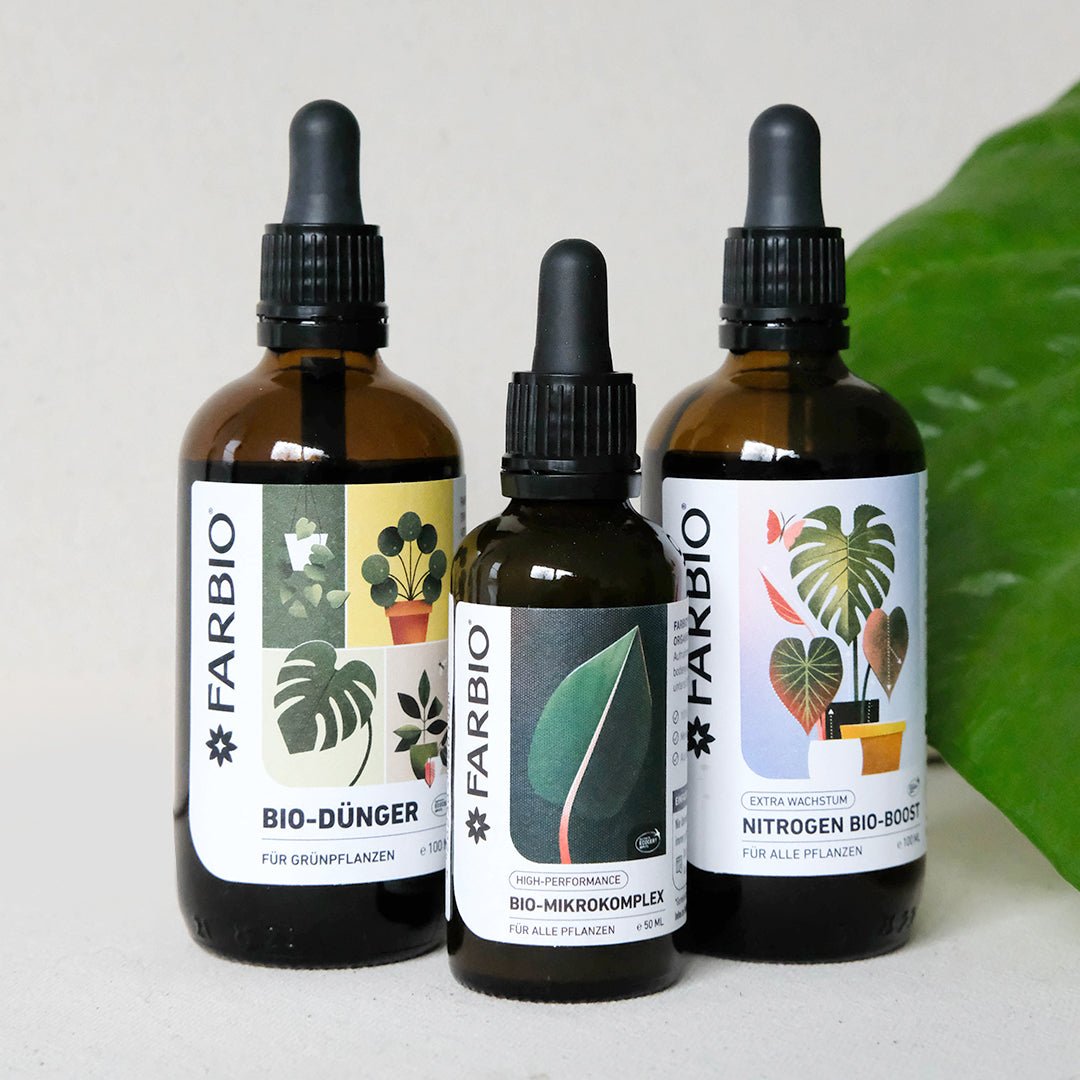What are plant families?
The plants we know today originally emerged from a few forms. That is why many plant species are related to each other, i.e. have genetic similarity and share common characteristics. Genera are closely related plants and families are related genera. There are around 60 different plant families, some of which are more important to humans than others. For example, the plant families that are grown for food production or as ornamental plants. Just because plants look similar doesn't mean they belong to the same family. Because not only genetics can influence the external characteristics of a plant, but also the external environment.
Which plant families are the most important?
Orchid family / Orchidaceae
The orchid family is the largest family of flowering plants with around 25,000 species and 880 genera. Plants belonging to this family are mainly native to the tropics. The plants often grow on tree trunks and therefore have corresponding characteristics, such as thick, leathery leaves. The roots are adapted to absorb water from the air through condensation of water and when the roots come into contact with the host tree then it can function like a normal root, developing root hairs and absorbing nutrients. The pollinators of the orchid family are specialized on these plants and the germination of seeds also requires a specific fungus. Well-known plants in this plant family are vanilla, moth orchids and Handelwort.

Asteraceae
The daisy family is one of the largest families of vascular plants with around 32,000 species and 1,900 genera. The plants are widespread worldwide and vary from climbing plants, trees, shrubs, herbaceous plants to herbs. The generally green leaves are alternate and spiral-shaped. The flowers in this family of plants have a special type of inflorescence, which consists of many individual flowers. Known from this family are lettuce, chamomile, daisies and sunflowers.
Legumes / Fabaceae
The legumes are the third largest family of flowering plants and contain approximately 19,500 species and 7,50 genera . Plants in this family can be found worldwide and are important feed crops and plant protein suppliers. The roots of legumes often harbor bacteria called rhizobia in their root nodules. These can then bind nitrogen from the air. Leaves are alternate and compound, often even or odd pinnate with stipules. The pods differ from the pod of cruciferous vegetables because it consists of a carpel (carpel) without a lamella (septum). Well-known plants from the legume family include lupins, rooibos and soy.
Cruciferous vegetables / Brassicaceae
The cruciferous family of plants includes 3,000 species and 350 genera. Plants in this family are predominantly found in the northern hemisphere. The name of this family can be derived from the cross shape of the flowers. The seeds have a high oil content (30-45%) and are therefore used for food, lamps, soaps and rubber substitutes. The plants are not woody. The pods consist of two carpels with a septum. Important plants from the family are radish and mustard.
Rose family / Rosaceae
The rose family includes trees, shrubs and herbs from 3,400 species and 300 genera. The plants are distributed worldwide, but are mainly found in the northern hemisphere in temperate climates. The family includes various subfamilies with different positions of the ovary. Rosoideae: this includes strawberries with a protruding ovary (hypogynous) . Prunoideae includes cherries with central ovaries (perigyn). Apples are part of the subfamily Maloideae pomes, which have inferior ovaries (epigyn). The fruits of the family range from drupes, nuts and pome fruits.
Sweet grasses / Poaceae
The sweet grass family includes around 12,000 species, divided into 820 genera. Family is very important because about 20% of our earth is covered with grass. The plants in the family are characterized by their hollow stems, so-called culms. The plants are also economically important. Whether for lining, fabrics, grain, paper or decoration. Known examples include ryegrass, bamboo and sugar cane.

What plant families do popular houseplants belong to?
Araceae / Araceae
The arum family includes around 4,000 species and 15 to 129 genera. The plant family is widespread almost worldwide, but most of the plants in this family grow in the tropics. They are mainly small to large evergreen herbaceous plants. One characteristic is the strong development of aerial roots . Also typical is an inflorescence with an unbranched spadix , which can contain many flowers . A bract ( spatha ) envelops this bulb. Many popular houseplants belong to this family, Monstera and Philodendron are particularly well known.
Here you can find out how to care for them properly!

Asparagus family / Asparagaceae
Plants in the asparagus family, with 2,500 species and 150 genera, are native worldwide. This family includes seven subfamilies. Not only ornamental plants belong to this family, but also edible plants such as asparagus or agave. Perennial herbaceous plants and woody plants can be included. Due to the small proportion of leaves, the stems in this family often take over photosynthesis. Well-known ones are bow hemp and yucca palm.

Arrowroot family / Marantaceae
The arrowroot family includes around 550 species and 31 genera . The plants are found in the tropics in the shade of rainforest trees and are therefore only important to us as ornamental plants. The herbaceous plants vary in size, shape and color. Some are ground cover plants, but some also hang or climb. Plants in this family often form rhizomes . Their stems can be simple or branched and some parts of the plant are hairy . Basket marante or arrowroot are well known.
Mulberry family / Moraceae
The mulberry family consists of around 1,400 species with 40 genera. The plants are distributed worldwide, but are particularly common in Asia. Certain features are difficult to recognize because trees, shrubs, lianas and succulents belong to the plant family. The leaves are often leathery, evergreen and not only have smooth edges, but can also be lobed or toothed. Many of the Ficus species belong to this family, but edible plants such as mulberries and jackfruit trees are also included.
Our FARBIO® organic fertilizer for green plants supports you in caring for your houseplants!















